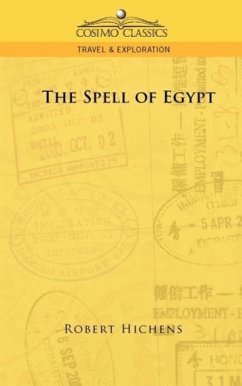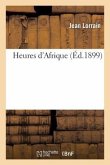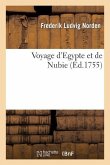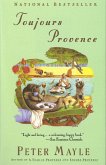In Egypt one ever seeks the dead in sunshine, black vaults in the land of the gold. But here in Abydos I was accompanied by whiteness. The general effect of Seti's mighty temple is that it is a white temple when seen in full sunshine and beneath a sky of blinding blue. In an arid place it stands, just beyond an Egyptian village that is a maze of dust... -from "Abydos" Leave it to a beloved novelist to bring to life the allure and mystery of Egypt. First published in 1908 under the title Egypt and Its Monuments, this is a beautifully poetic valentine to that desert land by Robert Hichens, one of the most popular fiction writers of the early 20th century. Romantic and transporting, this lovely book explores the "drowsily splendid" pyramids, the "terrible repose" of the Sphinx, the "silver eddies" of the Nile, the "immense aspect of patience" suggested by the Colossi of Memnon, the Tombs of the Kings, where a "king's silence bids you be silent," and more. Whether you've actually traveled down the Nile or have only dreamed about it, you will be swept away by Hichens' idyllic prose. British novelist ROBERT SMYTHE HICHENS (1864-1950) also wrote The Garden of Allah, The Lady Who Lied, and The Paradine Case.
Bitte wählen Sie Ihr Anliegen aus.
Rechnungen
Retourenschein anfordern
Bestellstatus
Storno






